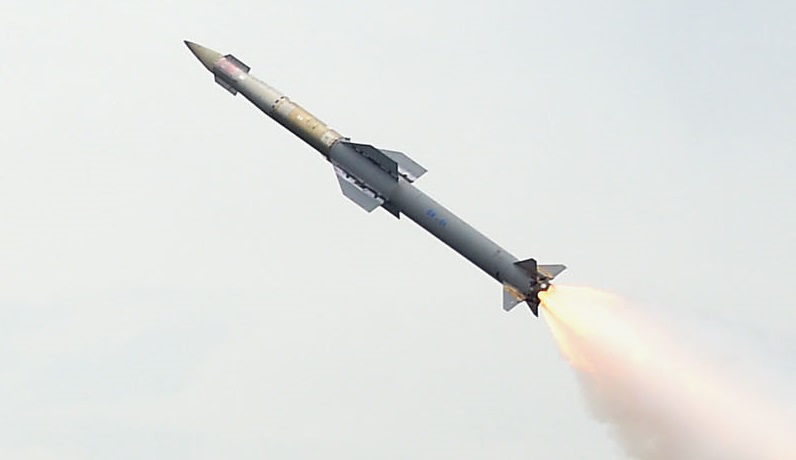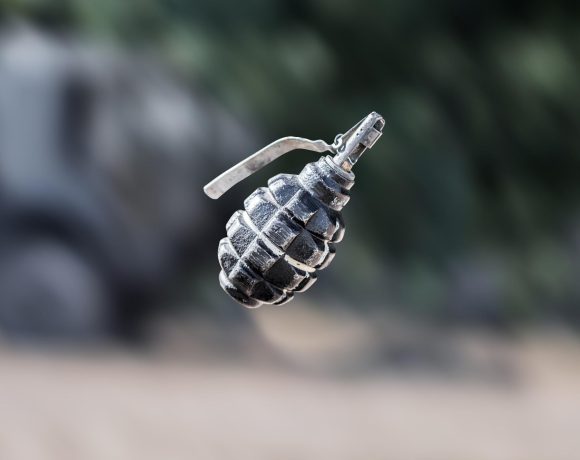
DRDO Unveils Hypersonic Missiles, BrahMos‑NG, New Air Defence Systems
India is rapidly advancing its indigenous defence capabilities with a powerful new lineup of next-generation weapons and technologies. Defence Research and Development Organisation (DRDO) Chairman Dr. Samir V. Kamat has outlined a comprehensive roadmap covering hypersonic strike platforms, next-generation cruise missiles, advanced air defence systems, and stealth aircraft development.
Hypersonic Missiles in Final Stages
India’s hypersonic weapons programme has entered an advanced phase with successful tests of a long-range hypersonic glide vehicle. The vehicle, capable of travelling at speeds exceeding Mach 5, has demonstrated manoeuvrability to evade interception, making it a critical asset for long-range precision strikes.
BrahMos-NG and Missile Upgrades
The next-generation BrahMos missile (BrahMos-NG) will be lighter and more versatile, expanding compatibility to a wider range of aircraft beyond the Su-30MKI. DRDO is also upgrading existing BrahMos systems with extended range and enhanced propulsion. Air-to-air and air-to-ground missile systems are being further refined, including the high-speed anti-radiation missile Rudram, which can neutralize enemy radar installations with pinpoint accuracy.
Multi-Layered Air Defence Systems
India is bolstering its air defence with multiple indigenous systems:
- SAMAR: A repurposed short-range system using air-to-air missiles for low-altitude defence, already operational.
- QRSAM: A mobile quick-reaction surface-to-air missile with a range of 30 km and speeds up to Mach 4.7.
- Project Kusha: A long-range, S-400 comparable interceptor system with coverage up to 400 km, expected by 2028.
- Akashteer: A command-and-control network for battlefield air defence, providing 360-degree radar coverage and integrated C4ISR capabilities.
Smart Bombs, Anti-Drone Weapons and Operational Feedback
India has begun deployment of the Smart Anti-Airfield Weapon (SAAW), a glide bomb that can strike targets up to 100 km away without crossing into enemy territory. Anti-drone systems and loitering munitions have also seen deployment, especially during recent combat operations. These systems are built to counter modern battlefield threats and were proven effective in real-time engagements.
Naval Systems, Light Tanks and the AMCA
DRDO is developing lightweight tanks, mobile artillery platforms, and a suite of naval weapons for maritime deterrence. The Advanced Medium Combat Aircraft (AMCA), India’s fifth-generation stealth fighter, is also in the works, designed to deliver superior agility, radar evasion, and multi-role capabilities.
Industry Integration and Future Preparedness
India’s military modernization is backed by strong industry collaboration with partners such as BEL, BDL, BrahMos Aerospace, and Solar Industries. These partnerships are vital in accelerating production timelines and expanding India’s self-reliance in critical technologies.
The newly revealed systems, many of which were validated during Operation Sindoor, indicate a transformational shift in India’s defence doctrine—one that emphasizes technological edge, rapid mobility, and precision warfare.
Meta Keywords: hypersonic missiles, BrahMos-NG, air defence


















